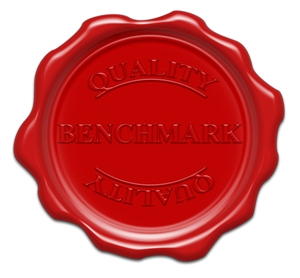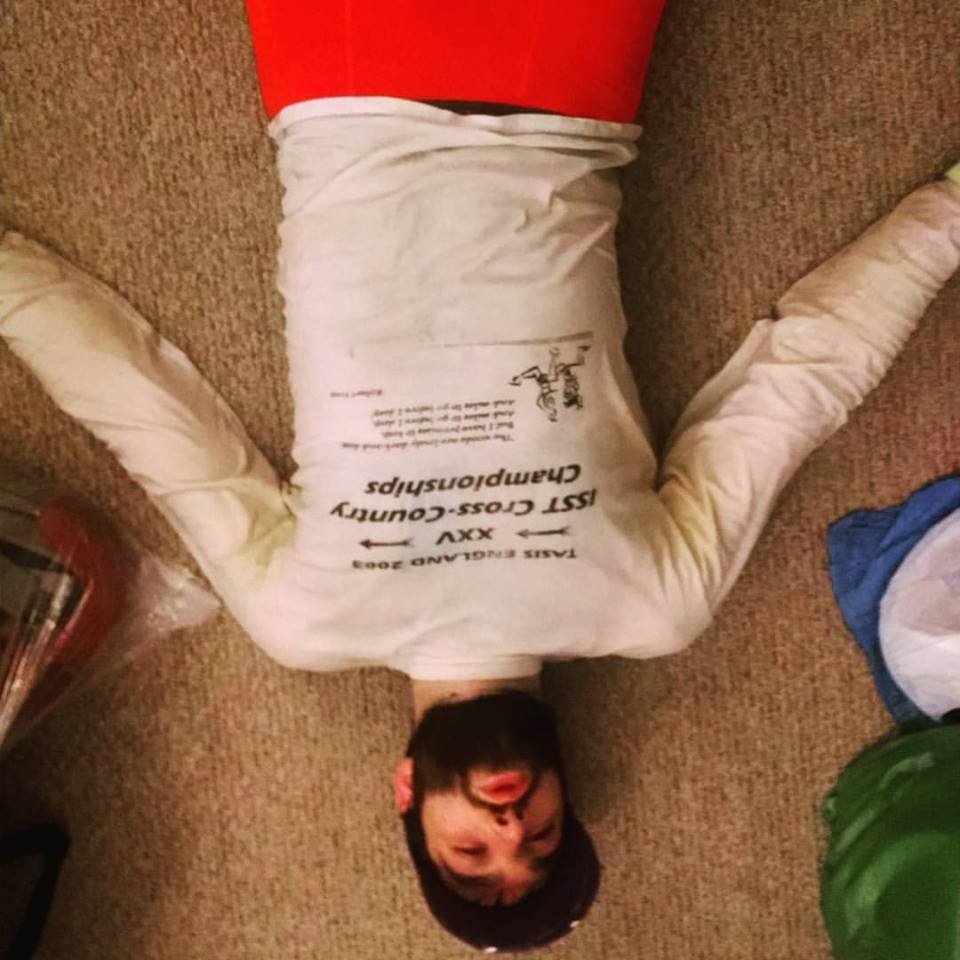 In obstacle course racing, we get familiar with seeing new challenges at almost every event that we complete. That’s part of the joy of the sport: you’re always learning and problem-solving. The challenge is that it’s hard to keep track of how you are improving and progressing. Tracking your progress is something very important to do, because it encourages you to keep doing what you’re doing when you’re improving, and it is a wake-up call when your performance stagnates. As I talked about in an earlier tip (link), I don’t think your final placing in events is a reliable indicator of how you’re doing because you can’t control who shows up and what other people are doing.
In obstacle course racing, we get familiar with seeing new challenges at almost every event that we complete. That’s part of the joy of the sport: you’re always learning and problem-solving. The challenge is that it’s hard to keep track of how you are improving and progressing. Tracking your progress is something very important to do, because it encourages you to keep doing what you’re doing when you’re improving, and it is a wake-up call when your performance stagnates. As I talked about in an earlier tip (link), I don’t think your final placing in events is a reliable indicator of how you’re doing because you can’t control who shows up and what other people are doing.
So how does an obstacle course racer track their progress? Benchmark workouts. These are training workouts that address key skills you need and are objectively measurable. Ideally, they are done on the same route under the same strict conditions. As you repeatedly do these workouts, you can see how your work is paying off (or not). You can do these benchmarks frequently or infrequently, depending on your event schedule and how your training is going. Other than your body learning the pacing and your pain tolerance within the benchmark, repeating the workout more often than every 6 weeks won’t tell you much information about your fitness.
Benchmarks
The joy of obstacle course racing is that everyone can determine their own benchmark workout based on what equipment or routes that are available. Here are a few benchmark workouts that I do semi-regularly.
Magic Mile Time Trial:
This includes doing a 1 mile warm up, some warm up exercises of your choosing, then a mile time trial, and a 1+ mile cool down. Even though all the races I have planned for the rest of the year are between 10 and 100 miles, the mile tests my pacing and speed endurance without needing more than one day of recovery before another hard workout (see why recovery is needed). Based on the results, I also use Jeff Galloway’s Magic Mile website to figure out predicted 5k, 10k and marathon race paces that shape my other workouts (link). These pace points give me context for how fast I should be going when doing other endurance workouts. One example is introducing a little pace into a long run by alternating 20 minutes easy with 10 minutes at marathon race pace for 2.5 hours.
 20-Minute Distance Trial:
20-Minute Distance Trial:
This includes running as far as you can in 20 minutes. For experienced runners, this will feel really strange because we’re used to running time trials where the distance is set. The benefit of this benchmark is that you run it based on feel instead of pace marks. On the mile, I check my watch almost every 200m to get feedback if I’m starting too fast, fading or staying strong. On this distance trial, I choose a pace that is just barely uncomfortable and hold on. I know it will start burning around 10 minutes, and at 15 minutes my legs will be complaining. Once I get to 17:30, my legs just want to stop and I practice mental grit to keep on pushing.
Max Water Jug Walks:
This includes holding a 5-gallon water jug in each hand and walking as far as you can. Have a set rest like a 2-minute brisk walk, then repeat four or more times. Your total score is how far you went on the jug carries (walking doesn’t count). One key skill you need in recent iterations of OCRs is grip strength. The cheapest way to work your grip is to purchase two 5-gallon water jugs. Five gallons of water is roughly 42 lbs. When you walk, hold the jug by the spout. If that’s too much for you, hold it by the handle (or try different grip styles). As water jug carries are integrated into your training schedule, you’ll notice that the grip obstacles become much easier.
What’s your favorite benchmark workout?
Why do you like it?
What skill does it highlight in you?


Leave A Comment